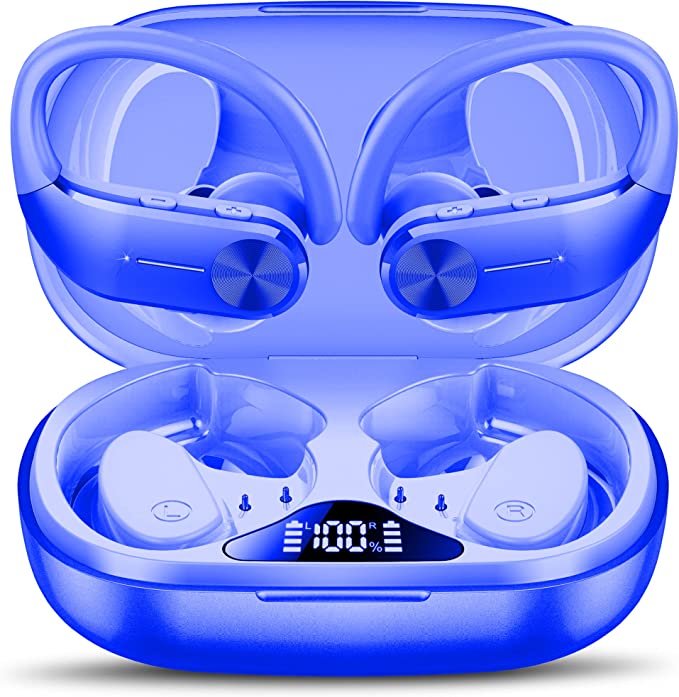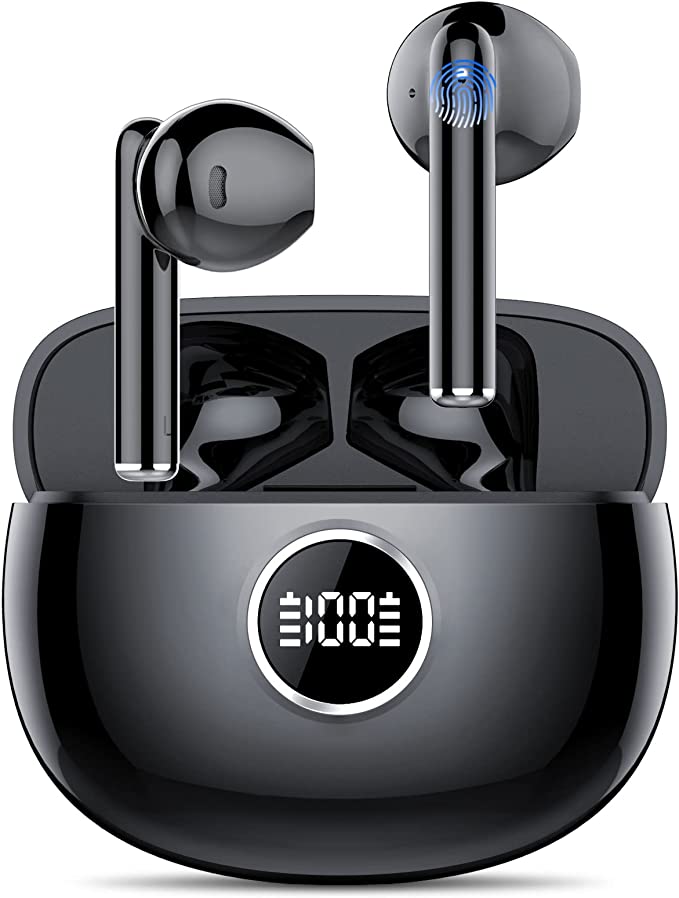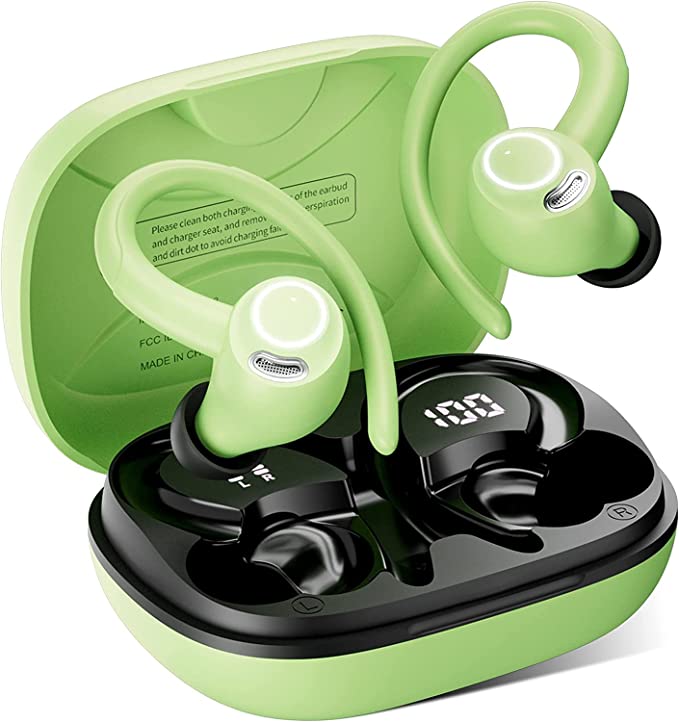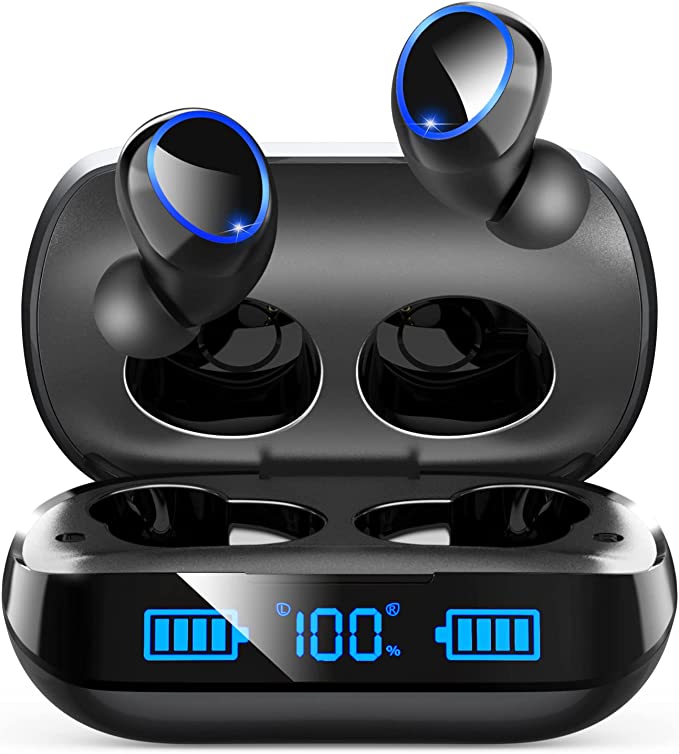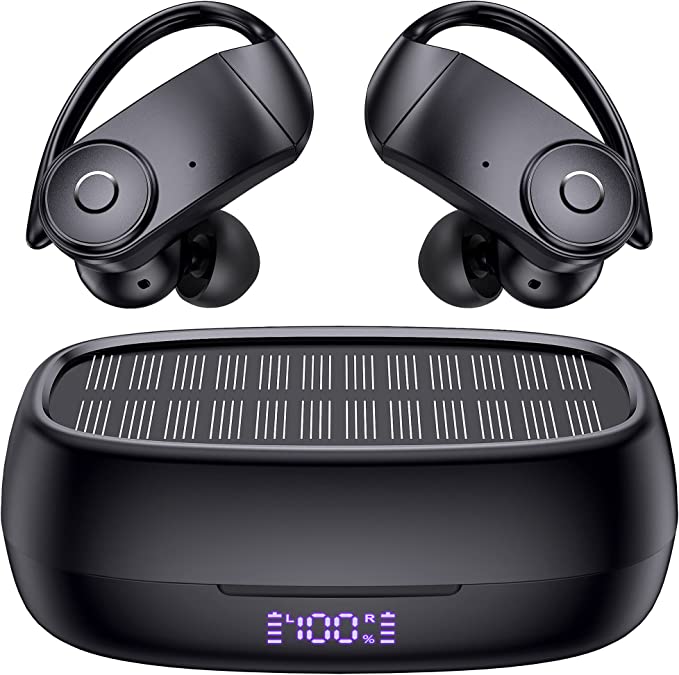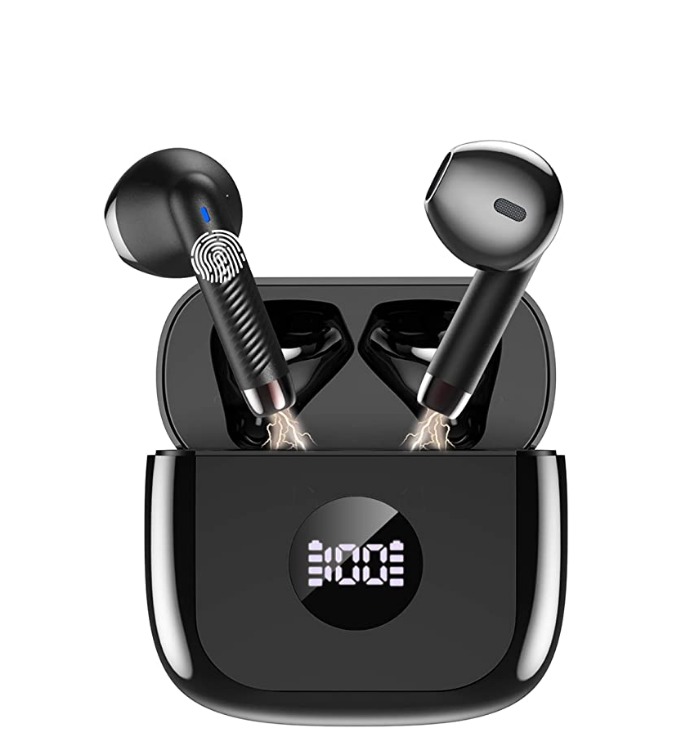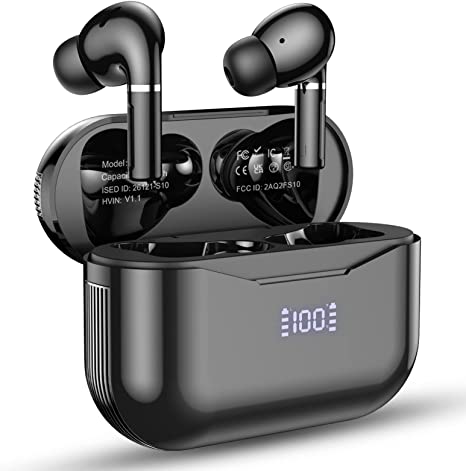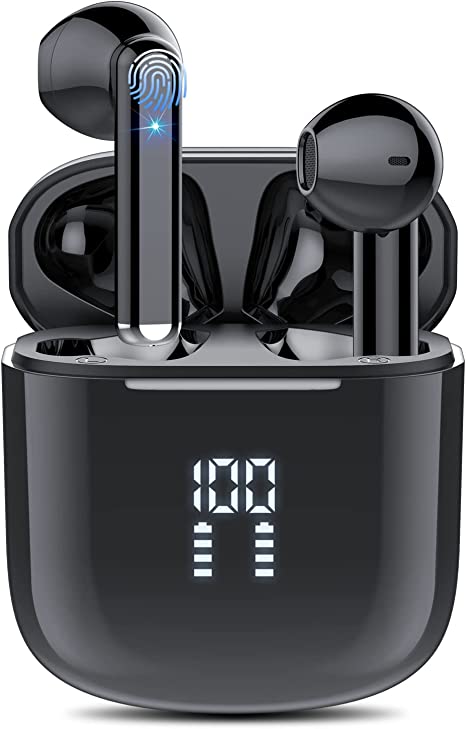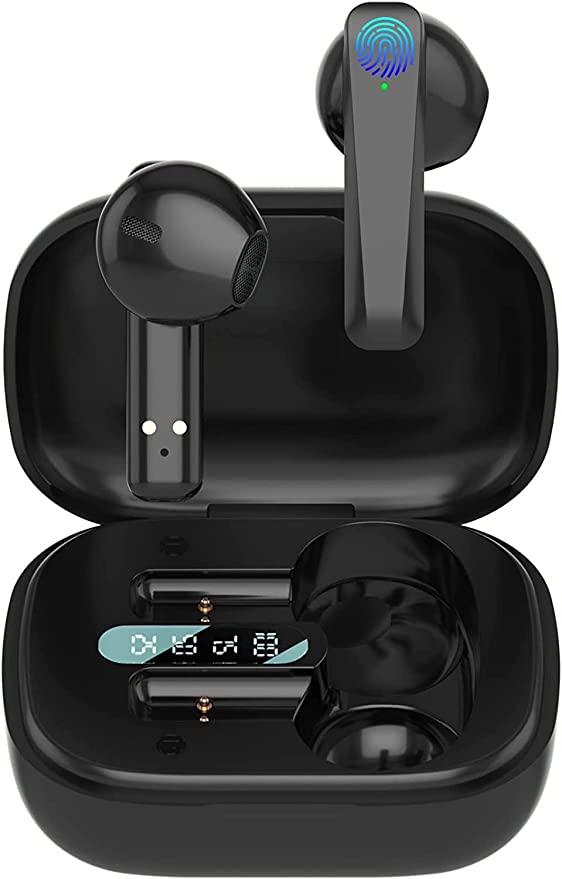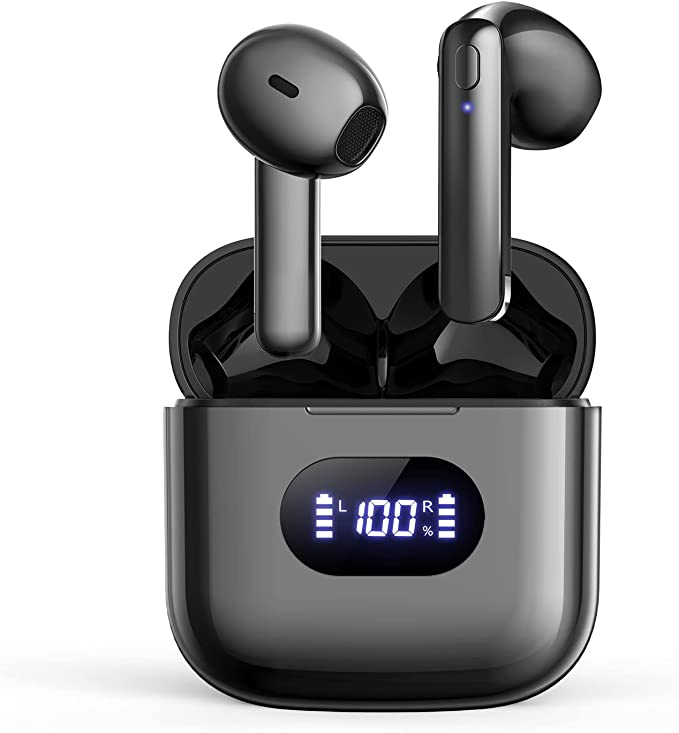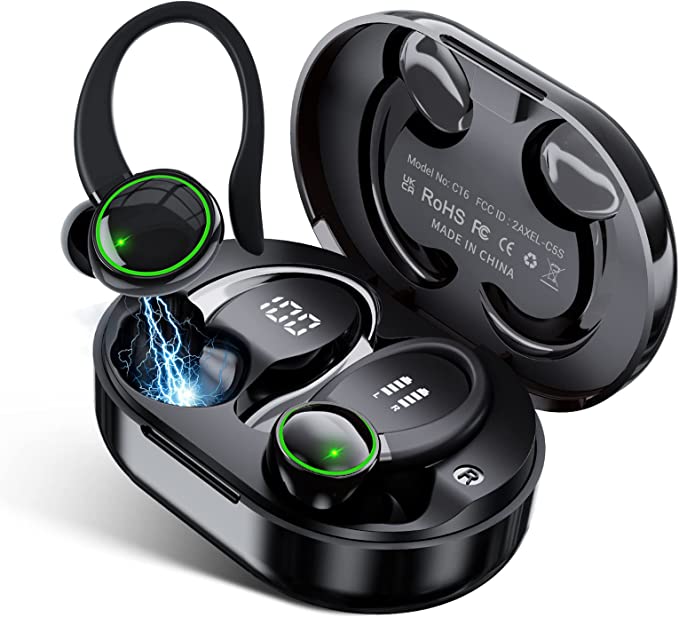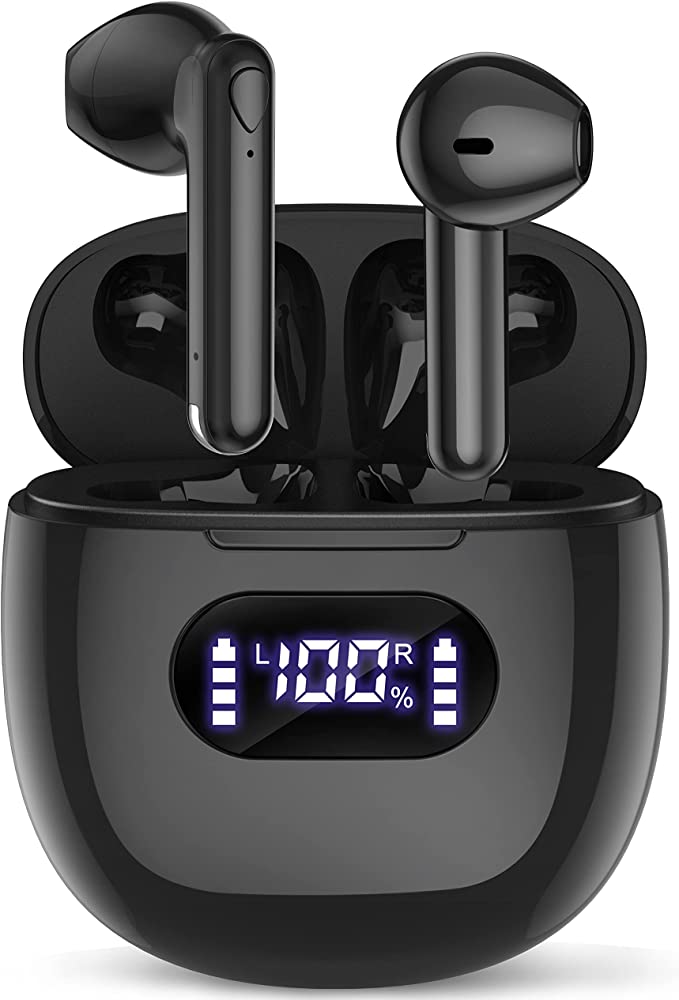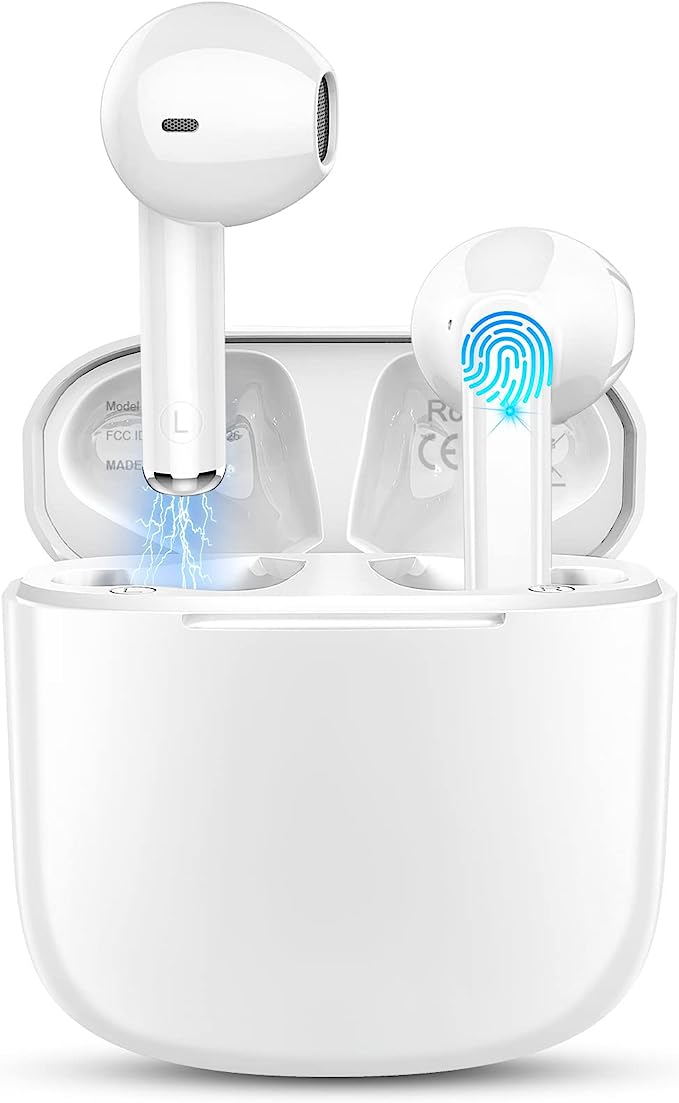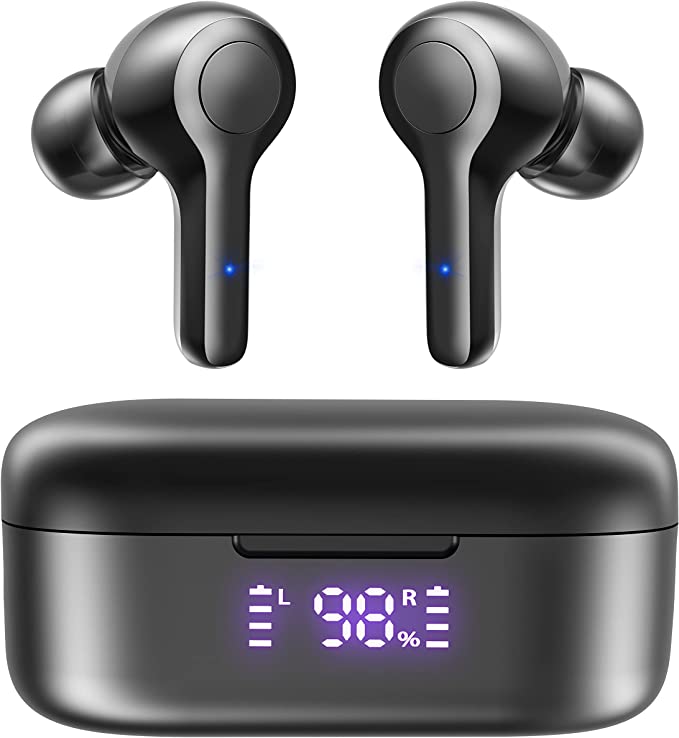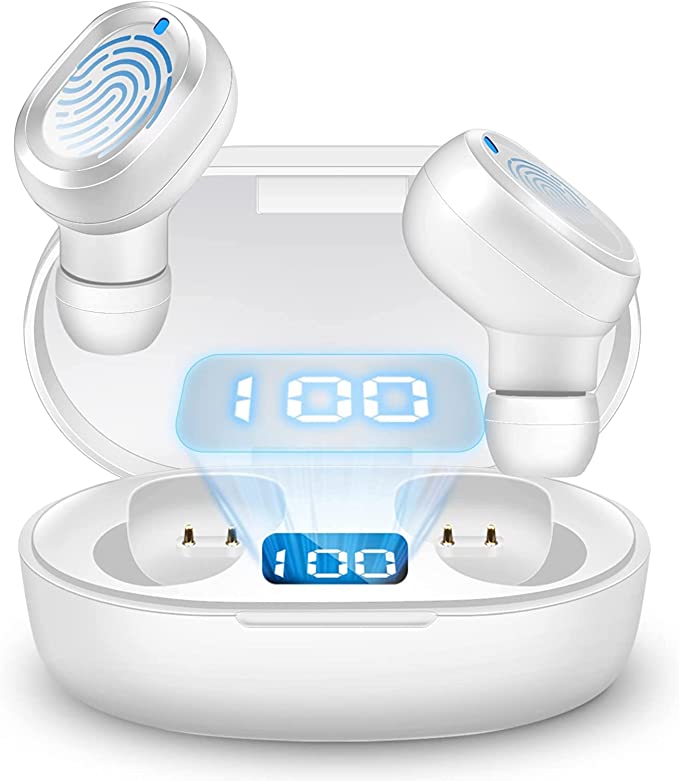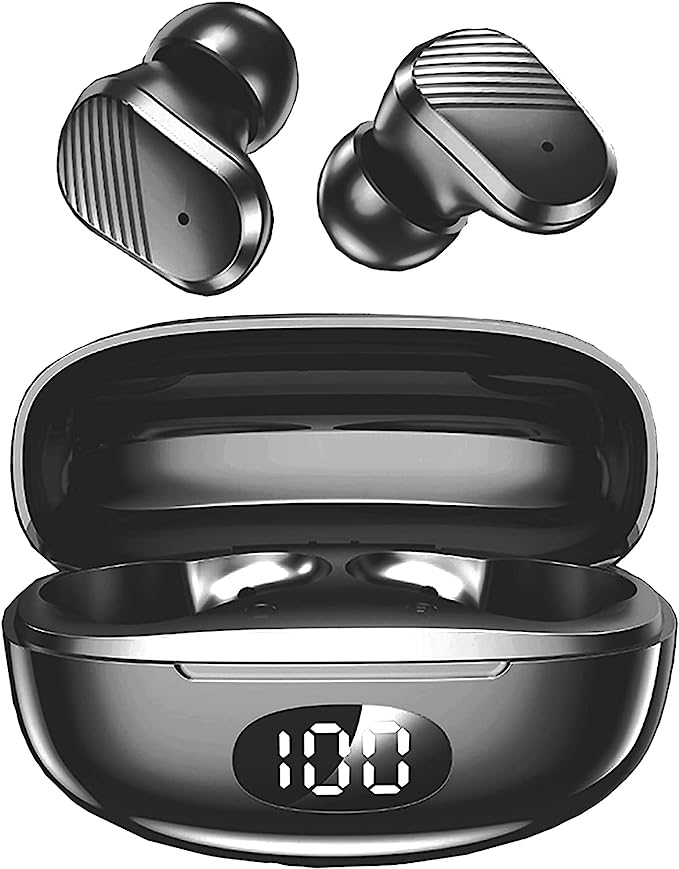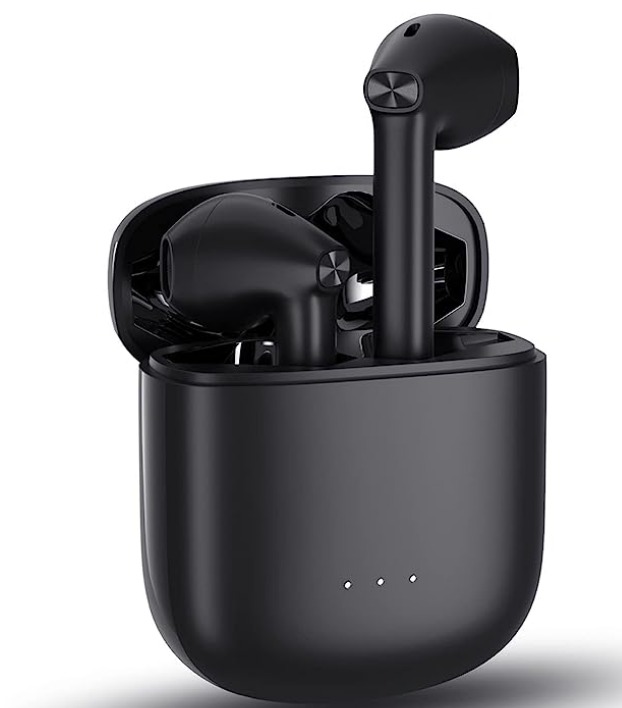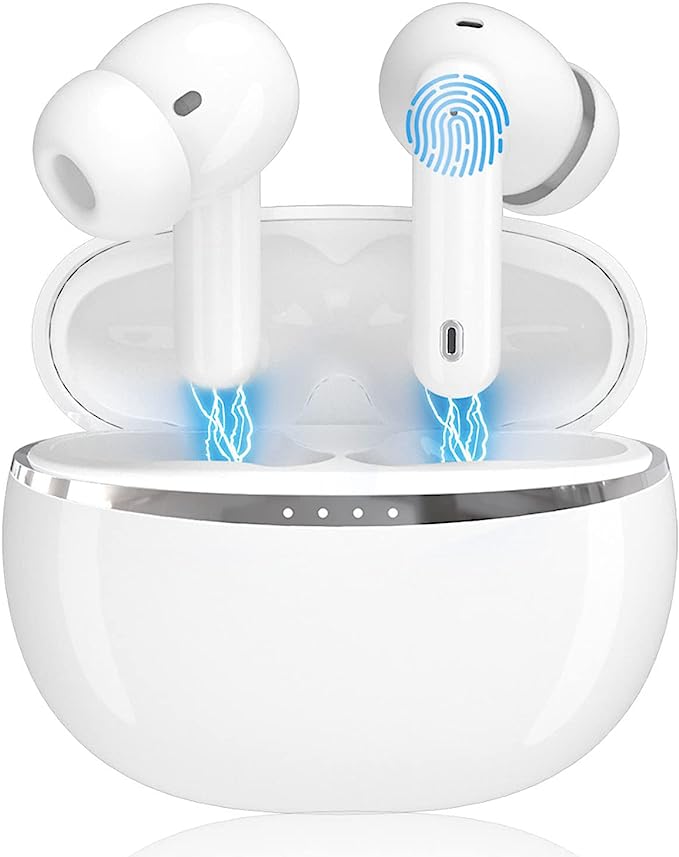SOFYNEEA X10 Wireless Earbuds: The Wireless Earbuds That Keep the Party Going
Update on June 19, 2025, 4:13 p.m.
The world of wireless earbuds is a bustling metropolis of innovation, with new contenders constantly emerging, each promising a symphony of features designed to entice our ears and simplify our lives. Among them is the SOFYNEEA X10, a pair of earbuds that, on paper, boasts an impressive repertoire: extended playtime, high-fidelity sound, and robust waterproofing. But as any seasoned tech enthusiast knows, specifications tell only part of the story. Let’s embark on a scientific exploration, peeling back the layers of marketing to understand the technology that powers the X10, and critically examine how these promises hold up against the backdrop of real-world user experiences.

The Sound Signature: Decoding “Hi-Fi” and the Might of 10mm Drivers
The X10 proudly proclaims “Hi-Fi Stereo Sound,” a term often encountered in the audio world. In essence, “High-Fidelity” aims for sound reproduction that is as faithful as possible to the original recording, minimizing distortion and coloration. In the compact realm of earbuds, this is primarily the job of the drivers. Think of a driver as a miniature loudspeaker, a transducer that diligently converts electrical signals from your device into the sound waves that grace your eardrums. The SOFYNEEA X10 houses 10mm dynamic drivers. Why is the size significant? Generally, a larger driver diaphragm (the vibrating surface) in an earbud has the potential to move more air. This increased air displacement can translate into a richer, more impactful bass response and a greater capacity to reproduce a wide spectrum of frequencies with clarity—from the deepest rumbles to the crispest highs. This might be why user “jaded2300” lauded their “loudest deepest bass.” The goal is an immersive audio landscape, whether you’re lost in a complex orchestral piece, feeling the beat of a workout playlist, or catching every nuance in a podcast. A well-implemented 10mm driver system seeks to deliver dynamism and detail, making your listening more engaging.

Weaving the Wireless Web: The Nuances of Bluetooth 5.3 Connectivity
At the heart of any wireless earbud is its Bluetooth technology, the invisible handshake that tethers your audio source to your ears. The X10 employs Bluetooth 5.3. This isn’t just an arbitrary number; each iteration of Bluetooth brings refinements. Bluetooth 5.3 generally offers improvements in connection stability, meaning fewer annoying dropouts or stutters, especially in environments with a lot of wireless traffic. It also tends to be more power-efficient, which can contribute to longer earbud playtime. Furthermore, advancements in Bluetooth often lead to reduced latency—the perceptible delay between an event happening on your screen (like a character speaking in a video) and you hearing the corresponding audio. Lower latency is crucial for a synchronized and enjoyable experience with videos or mobile games. The advertised 50-foot range is a standard expectation for many Bluetooth devices, though physical obstructions and electromagnetic interference in your environment can, of course, affect this. Features like “One Step & Auto Pairing” are also a hallmark of modern Bluetooth chipsets, designed to remember your device and connect almost instantaneously once the earbuds are taken from their charging case, streamlining your path to audio enjoyment.

The Marathon Misstep? Unpacking 120 Hours of Power and Puzzling Charging Problems
One of the most eye-catching specifications of the SOFYNEEA X10 is its staggering “120H Long Battery Life.” This remarkable figure isn’t solely from the earbuds themselves; they are rated for up to 8 hours of playback on a single charge. The remaining endurance comes from their companion charging case, which essentially acts as a portable power bank. This case houses a larger Lithium-ion (Li-ion) battery, and when the earbuds are nestled back inside, they draw power from it for multiple recharges, culminating in that impressive 120-hour total. The earbuds themselves reportedly take 1.5 hours to charge, while the case takes 2 hours.
Lithium-ion batteries are ubiquitous in portable electronics due to their high energy density (a lot of power in a small package) and relatively slow self-discharge rate. However, they are not without their complexities and potential frailties. This brings us to a critical juncture: a significant pattern of user feedback for the X10, from individuals like Eric H, Lizzie, and Lisa Browne, points to serious issues with the charging system. Complaints range from the charging case not indicating a charge, losing charge rapidly even when plugged in, failing to recharge altogether, or the earbuds not charging correctly within the case.
While we can’t diagnose these specific X10 units remotely, we can shed light on general scientific and engineering reasons why charging systems in consumer electronics can falter:
- Battery Management System (BMS) Issues: Modern Li-ion battery systems rely on a BMS, a small circuit board that monitors and controls charging and discharging, temperature, and overall battery health. A malfunctioning BMS can lead to improper charging, an inability to charge, or even premature battery failure.
- Charging Port and Connector Integrity: The physical USB port on the charging case and the metal contacts that connect the earbuds to the case are subject to mechanical stress and environmental factors. Wear and tear, debris, corrosion, or a poorly soldered connection can interrupt the flow of electricity.
- Internal Circuitry and Component Failure: Beyond the BMS, other components on the printed circuit board (PCB) within the case or earbuds—capacitors, resistors, power management integrated circuits (PMICs)—can fail due to manufacturing defects, power surges, or overheating, disrupting the charging process.
- Battery Cell Health: The Li-ion cells themselves can have manufacturing defects or degrade over time and with charge cycles. A faulty cell might not hold a charge, or its internal resistance might increase to a point where it can no longer accept a charge efficiently.
It’s a stark reminder that even with impressive headline figures, the reliability of fundamental systems like charging is paramount. The frustration of owning earbuds that promise a marathon of listening, only to be hobbled by an inability to refuel, is a significant user pain point.

Built for the Grind? The Science of IPX7 Sweatproof Design
For those who integrate music into their active lifestyles, the X10’s “IPX7 Sweatproof” rating is a welcome feature. The “IP” stands for Ingress Protection, a standard established by the International Electrotechnical Commission (IEC 60529, to be precise). The ‘X’ in IPX7 means the device hasn’t been specifically rated for dust ingress, while the ‘7’ signifies its level of protection against water. An IPX7 rating indicates that the earbuds can withstand immersion in water up to 1 meter deep for a maximum of 30 minutes.
This level of water resistance is typically achieved through careful engineering: tight seals around any openings (like where casing parts meet or around buttons if present), precision-molded components, and sometimes the application of hydrophobic nano-coatings on internal electronics that actively repel water molecules. This makes the X10 suitable for shrugging off sweat during intense workouts, getting caught in the rain, or even surviving an accidental quick dip in fresh water. However, it’s crucial to remember that IP ratings generally don’t cover high-pressure water jets, and prolonged exposure or immersion in liquids other than fresh water (like saltwater or chlorinated pool water) can still be detrimental.

At Your Fingertips: Smart Touch Controls and “Noise Cancellation” Clarified
Interacting with your audio without fumbling for your phone is a modern convenience, and the X10 offers “Smart Touch” controls. This technology usually relies on capacitive sensing. Your fingertip, being naturally conductive, alters the electrical capacitance of a sensor embedded just beneath the earbud’s surface. This change is detected by the earbud’s micro-controller and registered as a specific command – play/pause, skip track, answer call, and so on.
The term “Noise Cancellation” also appears in the X10’s description. It’s important to approach this with clarity. There are primarily two types: * Passive Noise Isolation: This is achieved by the physical design of in-ear earbuds. When they create a good seal within your ear canal, they act like earplugs, physically blocking a significant amount of external ambient sound. This is a fundamental benefit of most in-ear designs. * Active Noise Cancellation (ANC): This is a more complex technology. ANC systems use tiny microphones to pick up external ambient sounds, and then internal electronics generate an opposing sound wave (an “anti-noise”) that effectively cancels out the original sound before it reaches your ear.
Given the X10’s product description and typical feature sets at various price points, it’s highly probable that the “Noise Cancellation” mentioned refers primarily to passive noise isolation achieved by the in-ear fit, coupled with microphone noise reduction for calls. The latter is a common feature where the earbuds’ microphones use algorithms to try and focus on the speaker’s voice while diminishing background chatter, making your voice clearer to the person on the other end of a call. Expecting the X10 to deliver the profound silence of high-end ANC during music playback might lead to disappointment; its strength in noise reduction likely lies in a good seal and clearer call quality in noisy environments.
Synthesizing Sound and Sense: An Informed Perspective on the X10
The SOFYNEEA X10 wireless earbuds present a compelling package of modern audio technology, from their 10mm drivers aiming for Hi-Fi sound and the promise of Bluetooth 5.3’s stable connection, to the impressive 120-hour battery claim and IPX7 durability. Unpacking the science behind these features reveals the intricate engineering that goes into even seemingly simple devices. However, the journey from specification sheet to user satisfaction is not always straightforward. The recurring reports of charging issues serve as a potent reminder that theoretical performance can be undermined by real-world reliability challenges. Understanding the fundamental principles—how drivers create sound, the nuances of wireless protocols, the delicate science of battery power and charging systems, and the true meaning of ratings like IPX7—empowers us. It allows us to look beyond the marketing, to ask discerning questions, and to better appreciate the complex interplay of technology that we carry with us every day. The story of the X10, with its blend of ambitious features and noted concerns, underscores the value of such informed scrutiny in navigating the ever-evolving landscape of consumer electronics.

